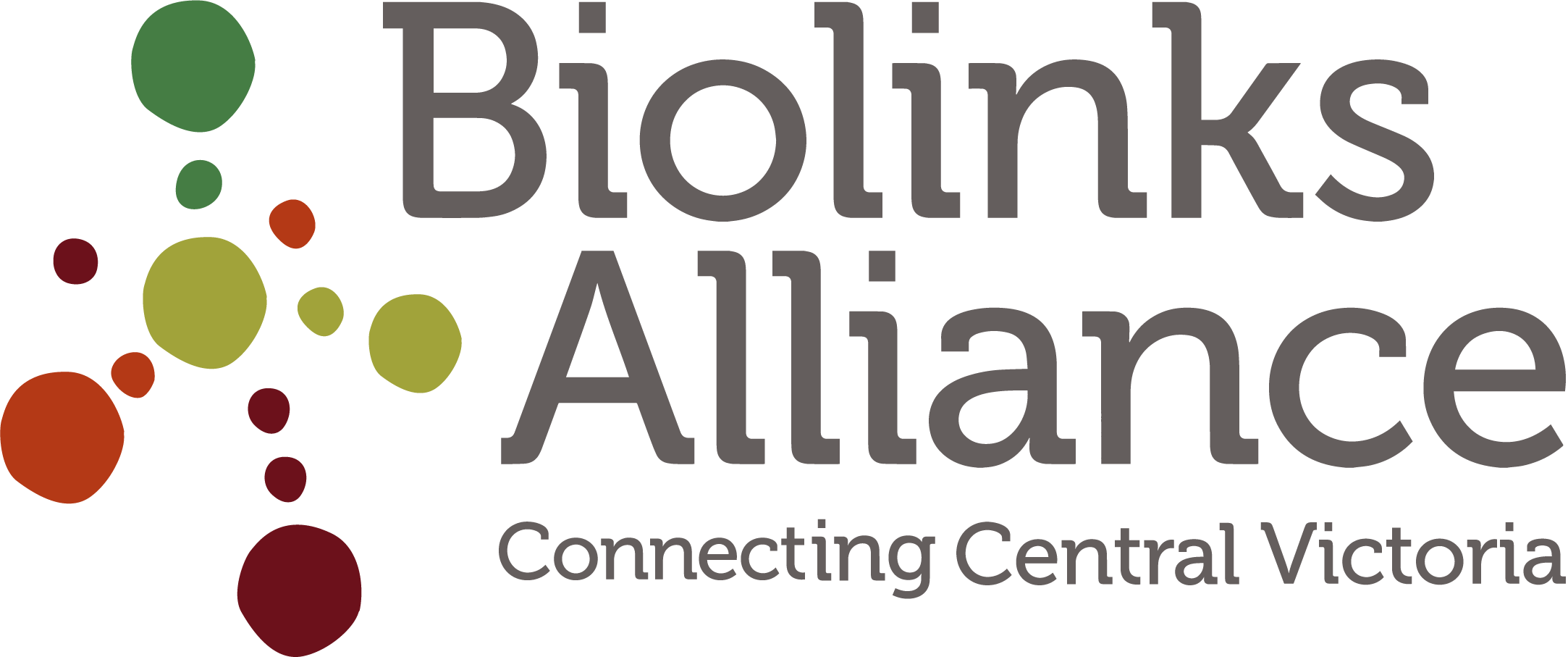Latest news from our Spring Plains Watershed Repair project
138 hectares of Peters Gully within Spring Plains Nature Conservation Reserve (NCR) on Taungurung country (a fractured and degraded landscape mainly due to gold mining) has been given new life - with on-the-ground works of our innovative watershed repair pilot project now complete, since starting in June.
21 ponds have now been installed along the Peters Gully creekline, designed to catch water during high rainfall periods and slow down the flow of water. Semi aquatic plants have been planted along these ponds, plants that were once abundant in these areas.
70km (approximately) of rip lines are completed along the contours of the woodlands using a yeomans style keyline plough. These rip lines help to rehydrate these landscapes by enabling water to penetrate deeper into the soil.
4 bulker bags of mixed native wallaby grasses have been sown in the rip lines by volunteers, TREC Land Services and our Biolinks Alliance team. To our delight, the germination rate is higher than expected and many of the lines are flushed with green this spring.
Results from the ecological thinning is looking very promising. As you stand in the thinned area of the woodlands, you can’t help but feel this is more like how it would have once been 200 years earlier, an open canopy with lower density and more mature trees.
And - the numbers are in for our latest round of nest box monitoring:
Brush-tailed phascogale - 5 sightings (up from 2)
Sugar gliders - 574 sightings (up from 415)
Sugar glider nest unoccupied - 45
Brush-tailed phascogale nest unoccupied - 17
Completely unoccupied - 1
Over 660 hours across more than 359 volunteers has contributed to the success of this project. We are committed to sharing the learnings across our broader conservation network in Central Victoria as they come to light.
